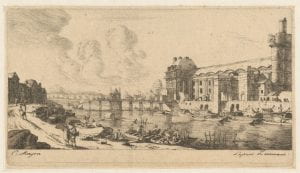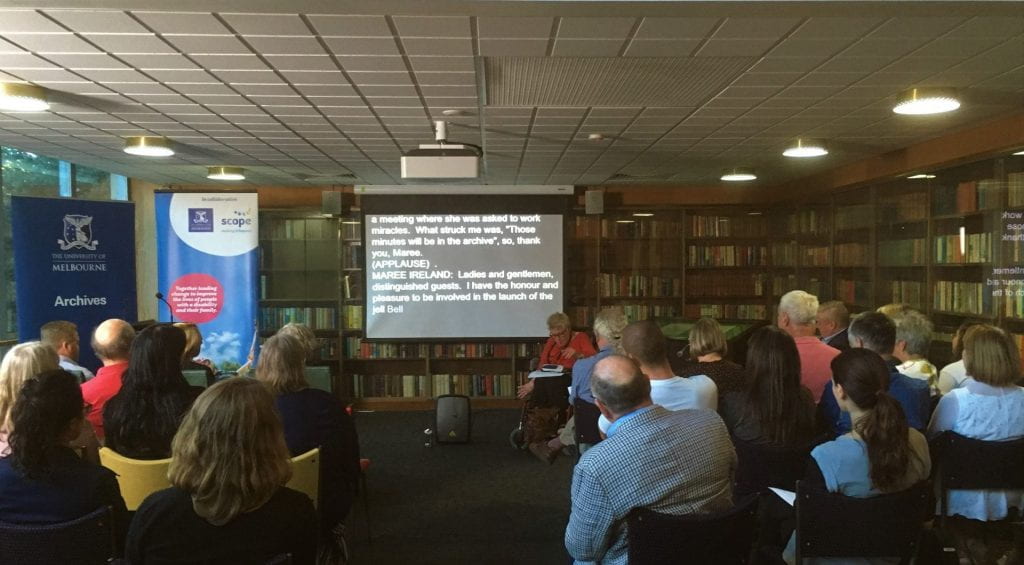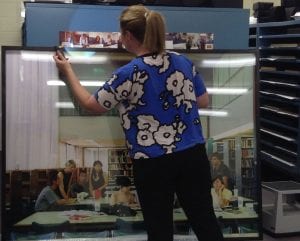Charles Meryon and the French etching revival
By the early 19th century in Europe, the intaglio technique of etching had fallen out of popularity in the graphic arts. Etching was a popular printmaking technique during the 16th and 17th centuries, with artists such as Rembrandt and Dürer regularly experimenting with the method. To create an etching, the printmaker coats a metal plate (traditionally copper) with an acid-resistant ‘ground’ before drawing their design through the ground with a sharp tool. Once the design is drawn, the plate is immersed in acid and the chemical reactions between the acid and the metal results in those areas unprotected by the ‘ground’ leaving behind clear lines. After cleaning the ‘ground’ off the plate, the printmaker applies ink to the incised lines and then transfer the design onto paper.
During the early 19th century, etching was employed as a reproductive process, and it consequently became closely associated with ideas of mass production and industry. In spite of this, a number of artists continued to pursue the medium. French artists and printmakers persevered with etching throughout the first half of the 19th century, and by the 1860s, a full-scale movement was underway that sought the contemporary revival of the technique [1].

Continue reading “Charles Meryon and the French etching revival”









